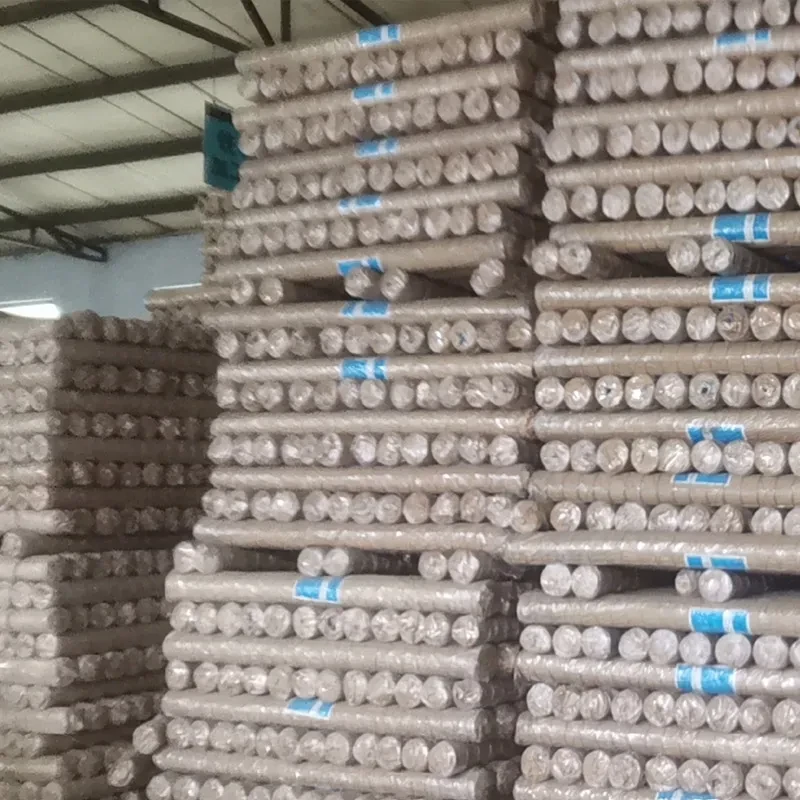nov . 13, 2024 15:29 Back to list
chicken mesh wall construction
Chicken Mesh Wall Construction A Practical Guide
In recent years, the construction of chicken mesh walls has become increasingly popular among homeowners, farmers, and those involved in gardening. The versatility of chicken mesh, also known as poultry netting or wire mesh, makes it an ideal solution for various applications, from securing gardens and livestock to creating decorative garden features. This article explores the essentials of chicken mesh wall construction, highlighting its benefits, tools required, and step-by-step building instructions.
Why Choose Chicken Mesh Walls?
1. Durability Chicken mesh is typically made from galvanized steel, ensuring resistance to rust and degradation over time. This durability makes it suitable for outdoor use, where it can withstand weather conditions.
2. Cost-Effective Compared to traditional fencing materials, chicken mesh is relatively inexpensive. This affordability allows homeowners and farmers to cover larger areas without breaking the bank.
3. Versatile Applications Chicken mesh walls can serve multiple purposes. They are commonly used to enclose gardens, protect plants from pests, create chicken coops, or even as decorative features in landscape design.
4. Visibility Unlike solid fencing, chicken mesh provides visibility, which can help maintain an open and spacious feel in gardens and yards. This transparency allows natural light to filter through while still offering protection.
Tools and Materials Needed
To construct a chicken mesh wall, gather the following tools and materials
- Chicken Mesh Available in various sizes and strengths, choose the appropriate gauge based on your needs. - Metal Stakes or Wooden Posts These will serve as the support structure for the wall. - Wire Cutters For cutting the chicken mesh to the desired size. - Staple Gun or Tie Wire Used to secure the mesh to the posts. - Hammer and Nails (or screws) For securing the wooden posts (if using). - Measuring Tape To measure the area accurately. - Level Ensures that your wall is straight and properly aligned.
Step-by-Step Guide to Building a Chicken Mesh Wall
chicken mesh wall construction

1. Planning and Measurement Start by determining the area where you want to build the chicken mesh wall. Measure the length and height required, keeping in mind any specific needs, such as enclosing garden beds or creating a run for chickens.
2. Post Installation If using wooden posts, dig holes at least 2 feet deep at the corners and every 6-8 feet along the length of the wall. Place the posts in the holes and ensure they are level before securing them with concrete or backfilling with soil.
3. Cutting the Chicken Mesh While the posts are being set, cut the chicken mesh to the desired height and length. Make sure the mesh is a little longer than the height of your posts to allow for anchoring at the bottom.
4. Attaching the Chicken Mesh Starting at one end, unroll the chicken mesh and position it against the posts. Use a staple gun or tie wire to secure the top of the mesh to the posts, ensuring it is taut. Continue along the length of the wall, securing the mesh every few feet.
5. Securing the Bottom To prevent animals from digging under the wall, bury the bottom of the chicken mesh a few inches below the ground or secure it with timber or rocks to hold it in place.
6. Finishing Touches Once the mesh is securely attached, trim any excess material. You might also consider adding a decorative element, such as climbing plants or painted wooden toppers to enhance the visual appeal of your chicken mesh wall.
Maintenance and Longevity
Maintaining a chicken mesh wall is straightforward. Regularly inspect the mesh for any signs of wear or damage and repair any holes or tears promptly. Periodically check the integrity of the posts and re-secure them as necessary. With proper care, a chicken mesh wall can last for many years, providing functionality and aesthetics to your space.
Conclusion
Constructing a chicken mesh wall is an excellent solution for various needs, from protecting your garden to fencing in livestock. Its affordability, durability, and versatility make it a favored choice for many. By following the outlined steps and using the right tools, anyone can successfully create a practical and attractive chicken mesh wall tailored to their specific requirements. Whether for functionality or aesthetics, investing time into this project can yield rewarding results.
-
The Power of Iron Wire: A Versatile Solution for Multiple Applications
NewsJun.19,2025
-
Reliable Hydraulic Fittings for Optimal Performance
NewsJun.19,2025
-
Quality Roofing Nails for Every Project
NewsJun.19,2025
-
Hexagonal Wire Mesh: Versatile and Durable Solutions for Every Project
NewsJun.19,2025
-
Enhancing Security with Barbed Wire Solutions
NewsJun.19,2025
-
Binding Wire: The Essential Material for a Variety of Applications
NewsJun.19,2025









